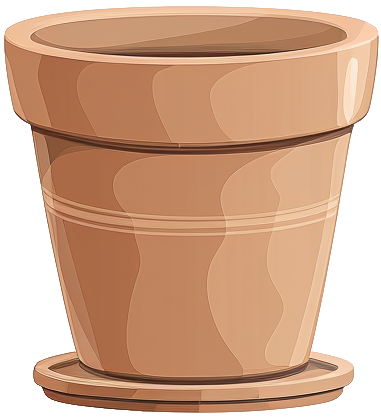- echinocactus
- polycephalus

echinocactus
polycephalus
polycephalus
Care level
Medium
Popularity
Niche
This social butterfly of the desert forms clusters of multiple heads, creating what looks like a family of spiky balls growing together. Each head is decorated with dense, woolly white hair at the top, giving it a charming cotton-topped appearance that gets more impressive with age.
Care & maintenance
Light
Light that enters through west or south-facing windows, the most intense light for your interior that will expose plants directly to sunlight.
Temperature
Wide range (32°F - 104°F)
Fertilization frequency
Low
Once per season.
Soil
Choose a Cactus mix: A gritty, fast-draining mix that prevents water retention. Replicates the sandy, rocky soils of arid regions.
If you want to create your own substrate, you can make a mixture of the following soils:
Click on the soil name for more information.
Pot

Standard size
Prefer a pot with a classic width/depth ratio.
Incorrect or incomplete information?
In our goal of building the best plant database, we sometimes make mistakes or have incomplete information. You can help us fill these gaps!
Features
Size & growth
Medium
Upright
Slow growth
This plant grows slowly. It can reach 1 to 3 feet in height or spread.
It grows upwards without support.
Toxicity
| Cat | |||
|---|---|---|---|
| Dog | |||
| Human |
Reproduction & propagation
Fruits & flowers
Flowering & not self-pollinating
The echinocactus polycephalus can produce flowers and therefore fruits.
This plant is not capable of self-pollination, it will not be able to produce fruits if it is not pollinated by another individual.



